We’ve reported here previously about the new “IMAX Mini” camera from ACHTEL that is capable to deliver a resolution of 18.6K (260 Megapixels). However, our readers informed us about the XIMEA GMAX3265 which owns the same specs and looks almost identical. Is the ACHTEL 9×7 innovation or imitations?
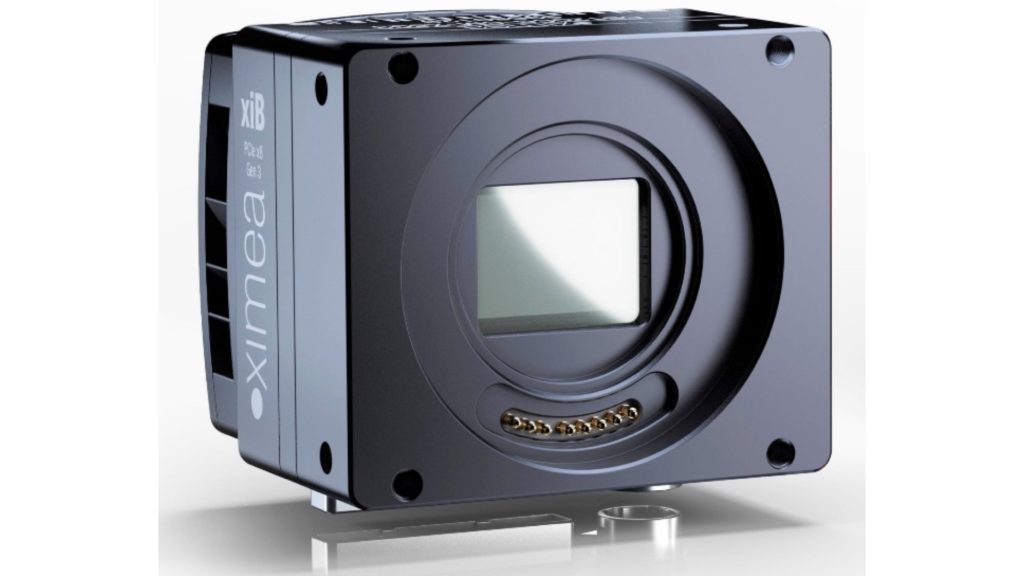
ACHTEL 9×7 = Rehoused XIMEA GMAX3265 (?)
At first glance, the ACHTEL 9×7 looks like it’s a rehoused version of the XIMEA GMAX3265. Readers claim that it’s a rebranded industrial camera that was dressed as a cinema camera, by putting an ARRI Signature Prime lens on it, and branding it like an “IMAX Mini” that is dedicated to huge screen imagery. The ACHTEL 9X7 costs $143,000 USD. Make sure to read our article about the camera and its inventor here. Anyway, let’s talk a bit about the XIMEA GMAX3265.
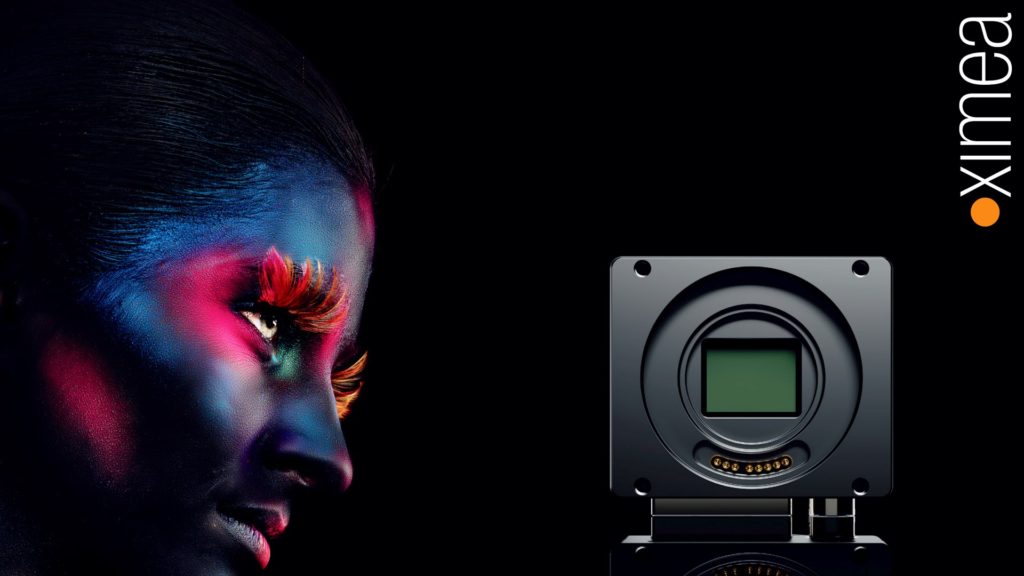
XIMEA GMAX3265: “World’s highest resolution global shutter camera”
According to XIMEA, GMAX3265 is the world’s highest-resolution global shutter camera. The GMAX3265 was announced a couple of months ago and defined as a new 8K industrial camera able to stream 70 FPS to production. As stated by the press release: “The 8K consists of 9344 x 7000 which is the world’s highest-resolution sensor with a global shutter. The sCMOS level of picture quality is reflected in low noise and Dark current of 2e-/s that makes the cameras suitable for both industrial as well as demanding scientific applications”. According to XIMEA, there are various grades of GMAX3265 available to supply multiple camera versions to provide different levels of quality and prices. For overall heat dissipation reduction and even better noise results, the cameras are equipped with a fan cooler which can be removed and replaced with a heatsink or water cooling system, all in a robust housing of 60 x 70 x 40 mm and 250 grams. The camera produces a bandwidth of 64 Gbits and real data throughput of 7000 MB/s.
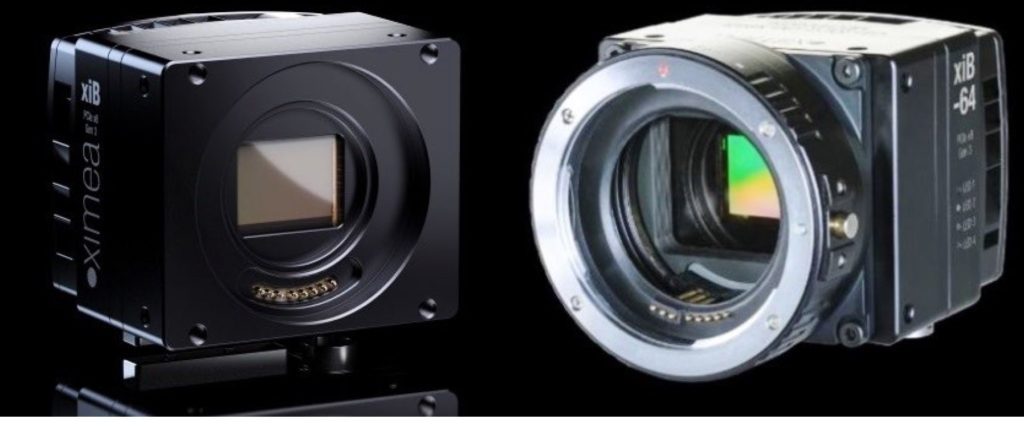
The 8K consists of 9344 x 7000 which is the world’s highest-resolution sensor with a Global shutter.
XIMEA
Off-the-shelf Gpixel 8K sensors
The GMAX3265 is armed with Gpixel off-the-shelf CMOS sensor. Gpixel develops and manufactures three major global shutter sensors which are capable of high resolution and image quality. For instance, the 51MP GMAX4651 delivers 8k video at 30 fps in a 35 mm optical format, making it ideal for applications in broadcast imaging. The GMAX4651 sensor is available in both monochrome and Bayer versions and can provide 8k video or high resolution stills for traditional and non-traditional video and photography applications. The XIMEA GMAX3265 is armed with Gpixel 65MP GMAX3265 which is also a global shutter sensor. That might be the sensor implement in the ACHTEL 9×7. However, it’s just an assumption.
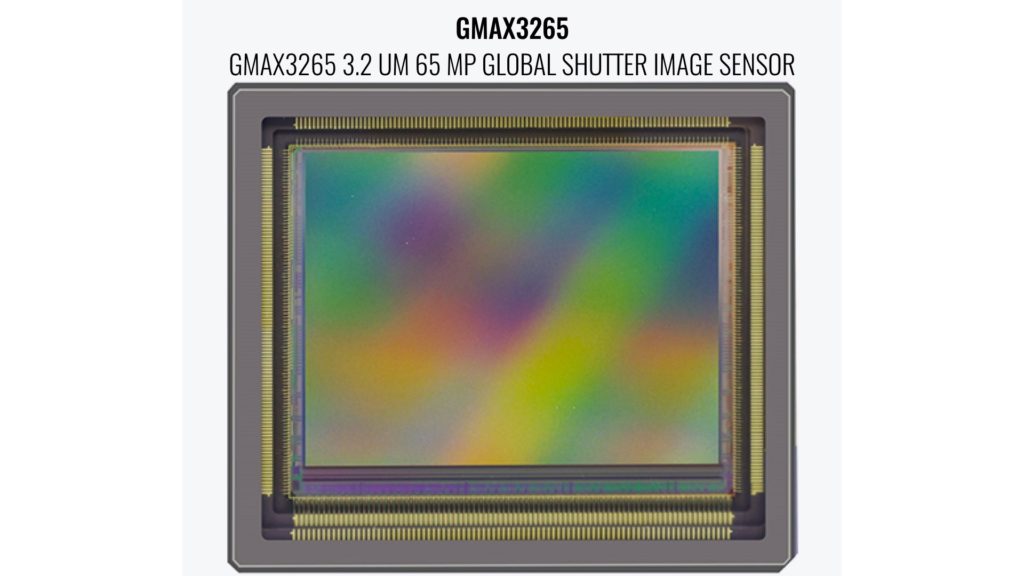
ACHTEL 9×7 compared to XIMEA GMAX3265
Both cameras share similar specs and design as follows:
- Resolution ACHTEL: 9.3K x 7K pixels
- Resolution XIMEA : 65 MP 9344 x 7000 pixels
- Supported Frame Rates ACHTEL: 70fps
- Supported Frame Rates XIMEA: 71fps
- The left side of the camera body ACHTEL and XIMEA: 4x LED indicators
- Fan design and placement on rear ACHTEL and XIMEA is identical
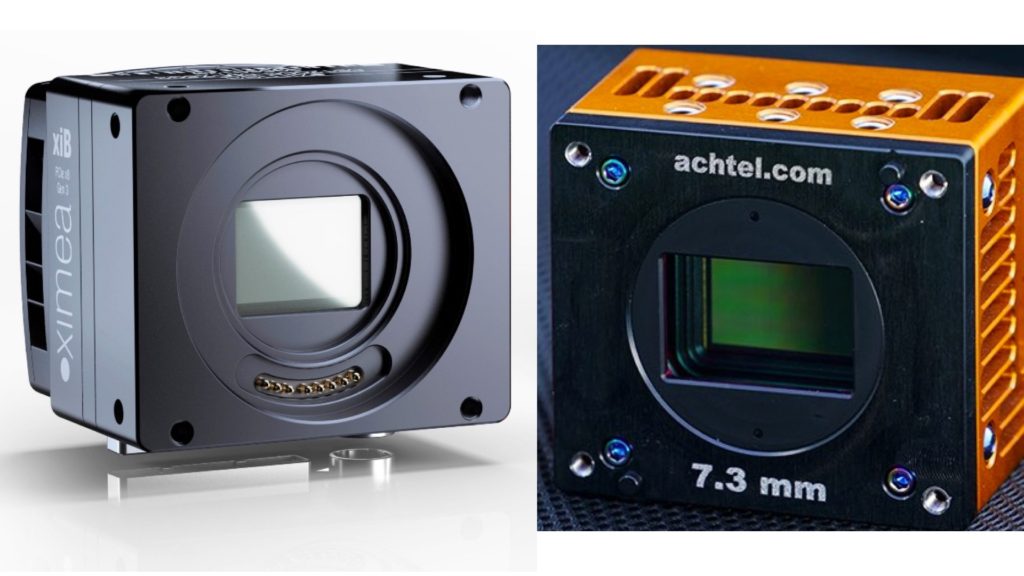
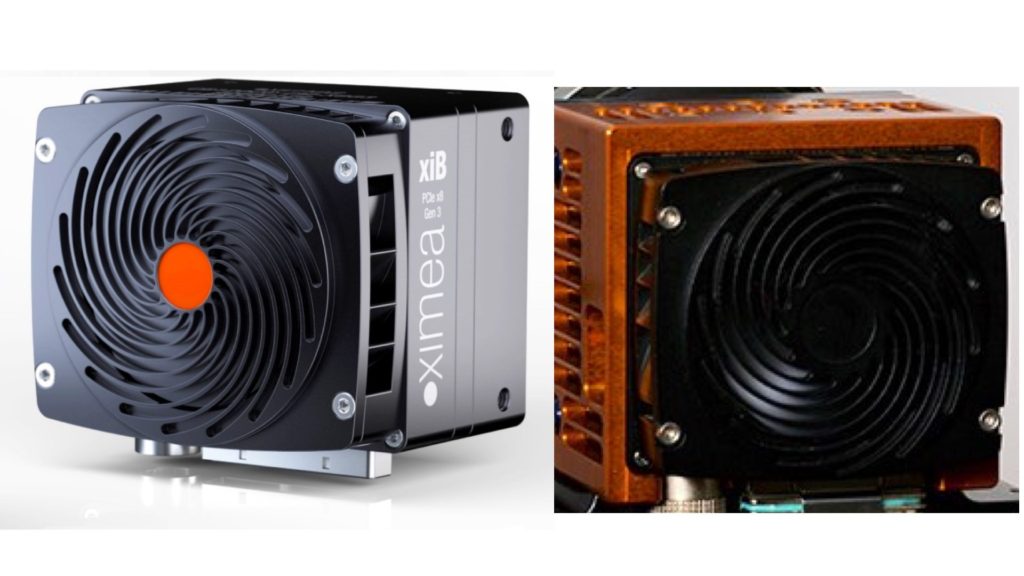
Examine the specs below. The dark table describes the ACHTEL 9×7, and the white table describes XIMEA GMAX3265 (Click on the slide to view it in full resolution):
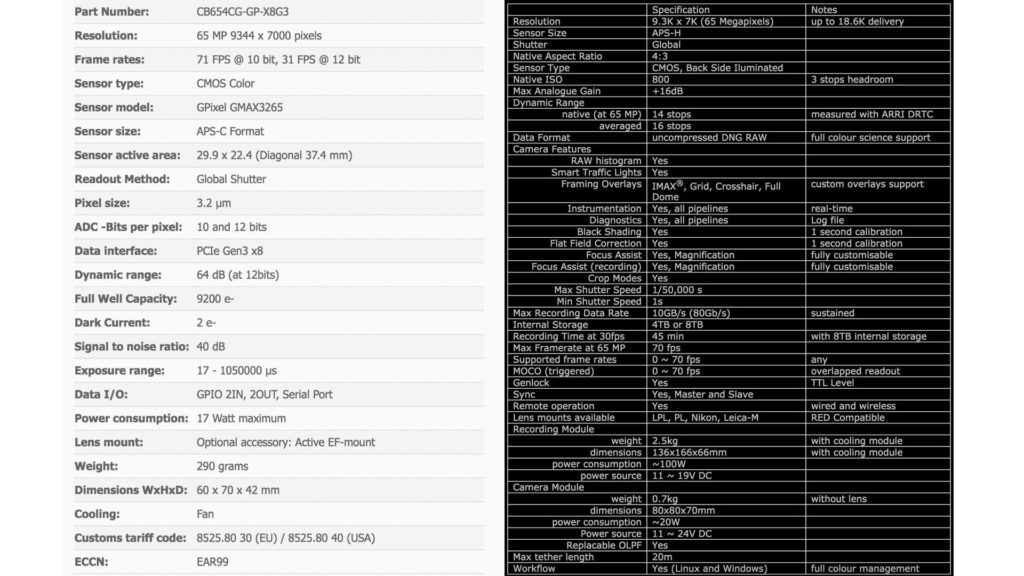
Final thoughts
Taking all the above comparisons and arguments with a grain of salt, you have to admit that there is a significant similarity between those two cameras. The ACHTEL 9×7 was defined and presented as a camera that can disrupt the filmmaking industry by simplifying the pathway of filmmakers to the huge canvas (IMAX). However, by utilizing and engineering the XIMEA GMAX3265 and Gpixel 8K global shutter sensors, you can achieve the same with a much competitive price point than the ACHTEL 9×7. Of course, the ACHTEL 9×7 offers RAW output from the sensor and that’s a big deal for professional productions. Nevertheless, we need to ask the question if the ACHTEL 9×7 is an Innovation or an Imitation.

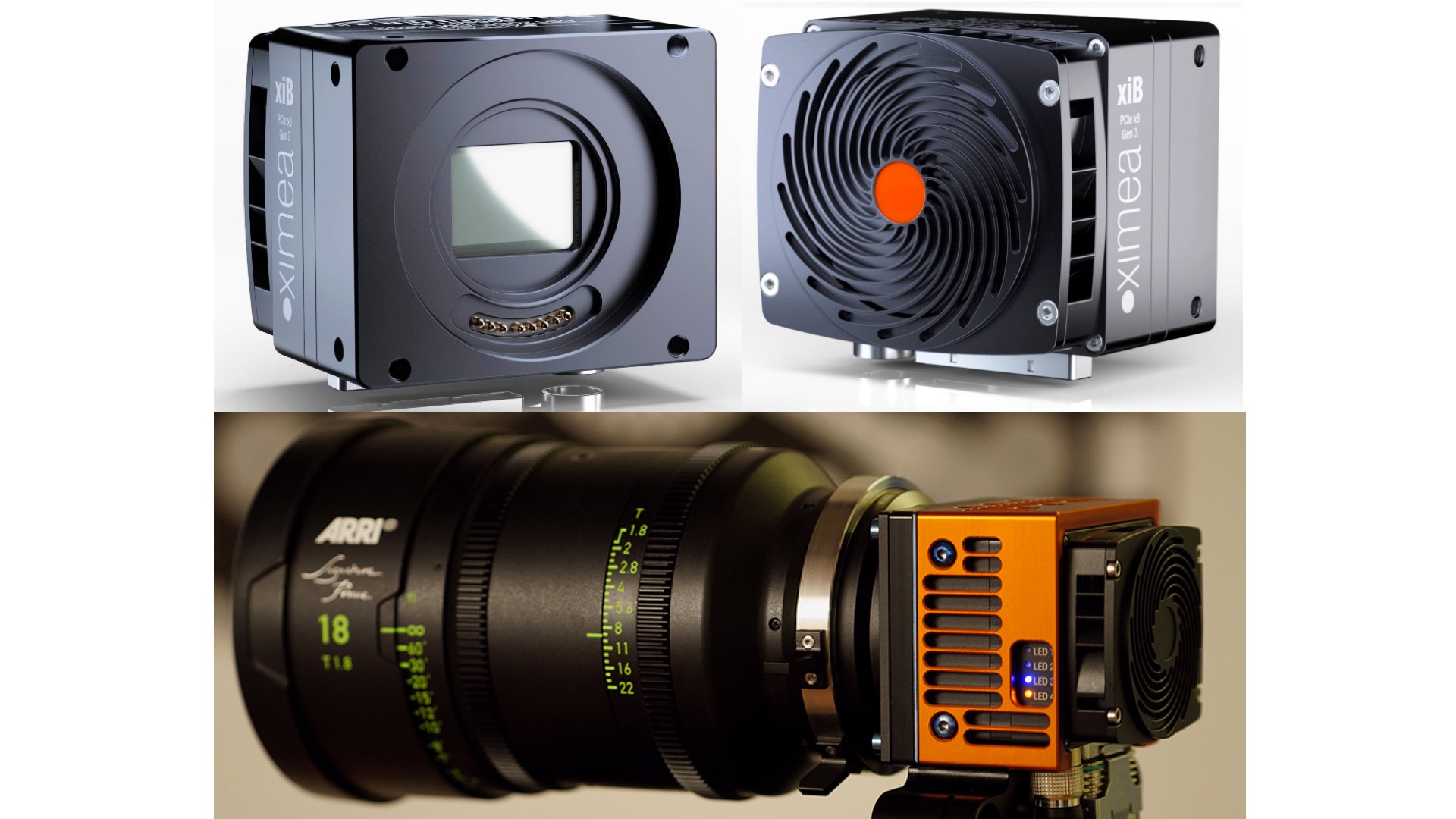


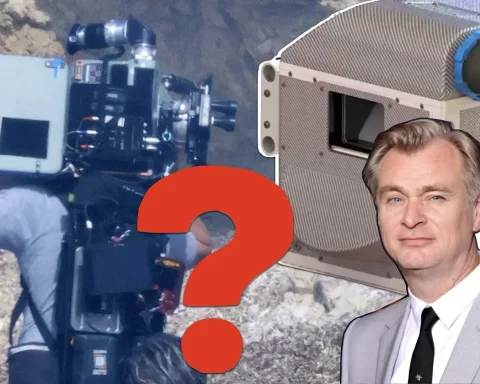
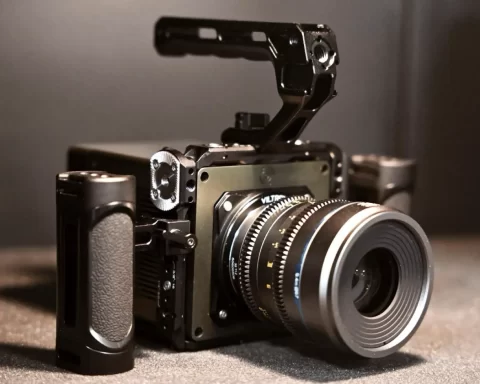
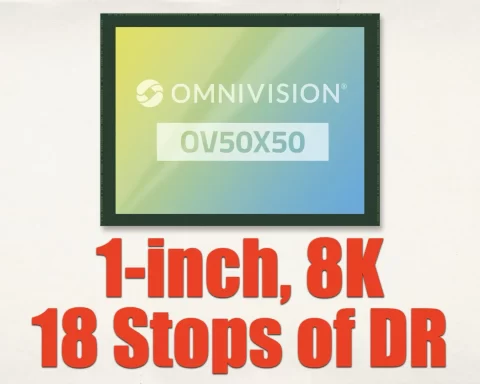
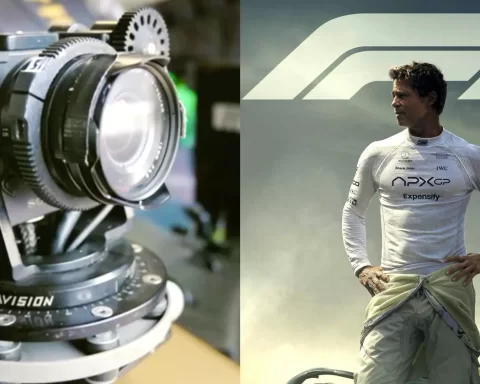

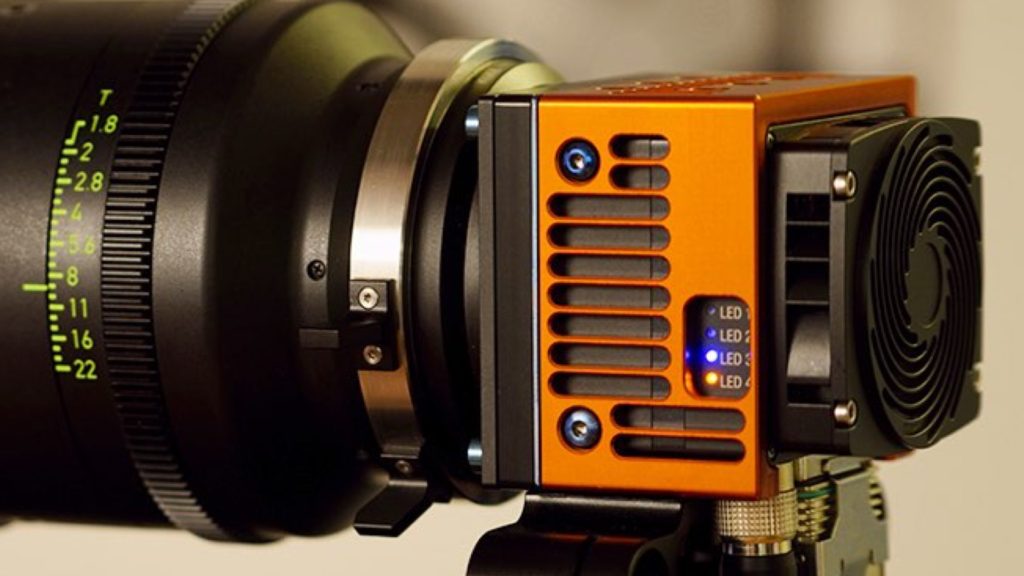
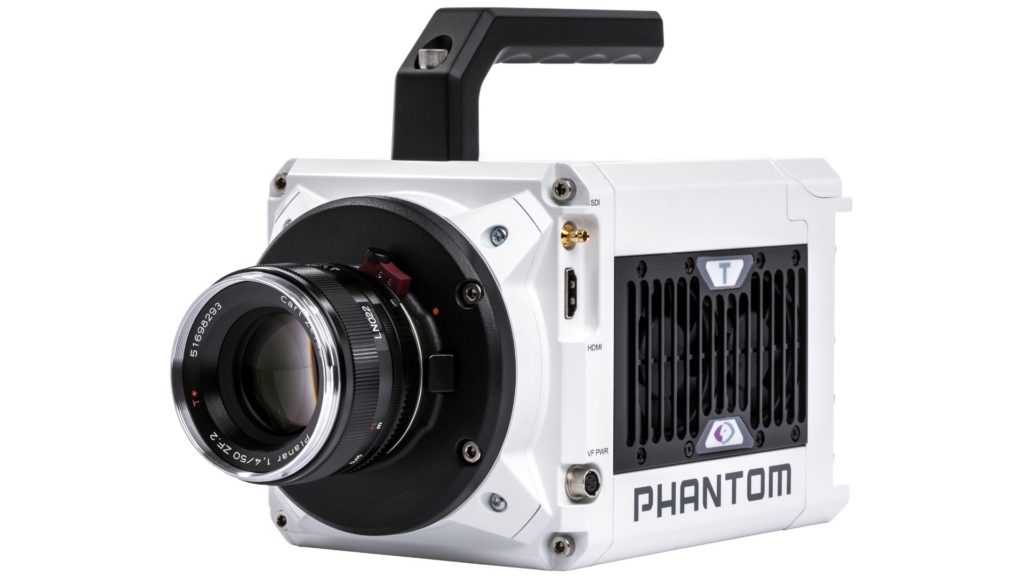

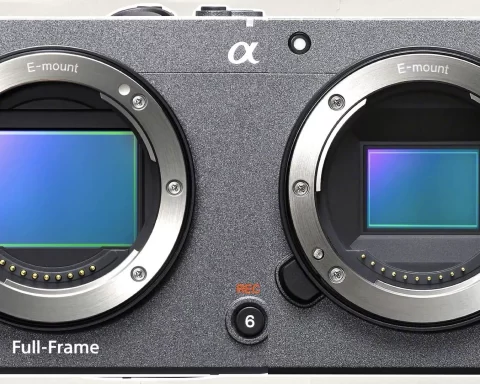
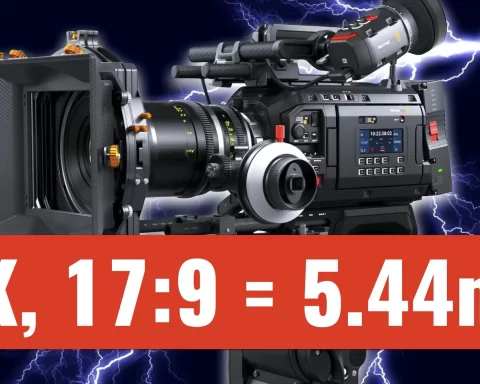
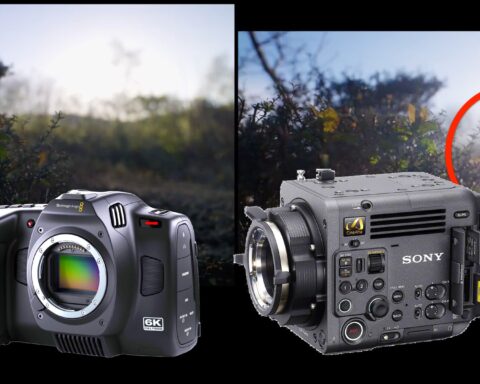
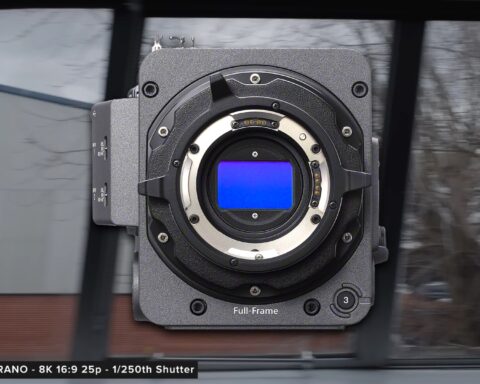
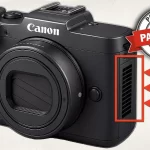
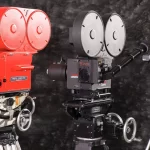
Lamborghini Urus and Audis Q8. Almost the same car, no ?
We see it with cars all the time and nobody talks about „innovation or imitation“, though e.g. the two cars are entirely based off the same body-group, geometry etc.
One should know Pawels name in the industry – he is a very respected, full serious professional.
Is a rehoused, feature amended or specially configured and calibrated camera as fork of an existing one possible ? Yes. It is likely ? Even more so, because it just makes sense. It would be stupid if Pawel invented a full system if one existed that could almost do what he was aiming for (though it has been done, look at the Weisscam) – but it makes just more sense to work in a cooperative fashion and grow something out of an industry product to something professionally useable, feature rich and optimized for what we need.
This is how I take it. From the looks I would say, sure, this is a fork, but most likely Pawels has some features and base calibration and a proven workflow that exceeds the XIMEA. Just not in pure tech specs.
Hi Rocco,
Thank you for taking the time to write these wise words.
Truly respect your opinion.
Yours,
Yossy